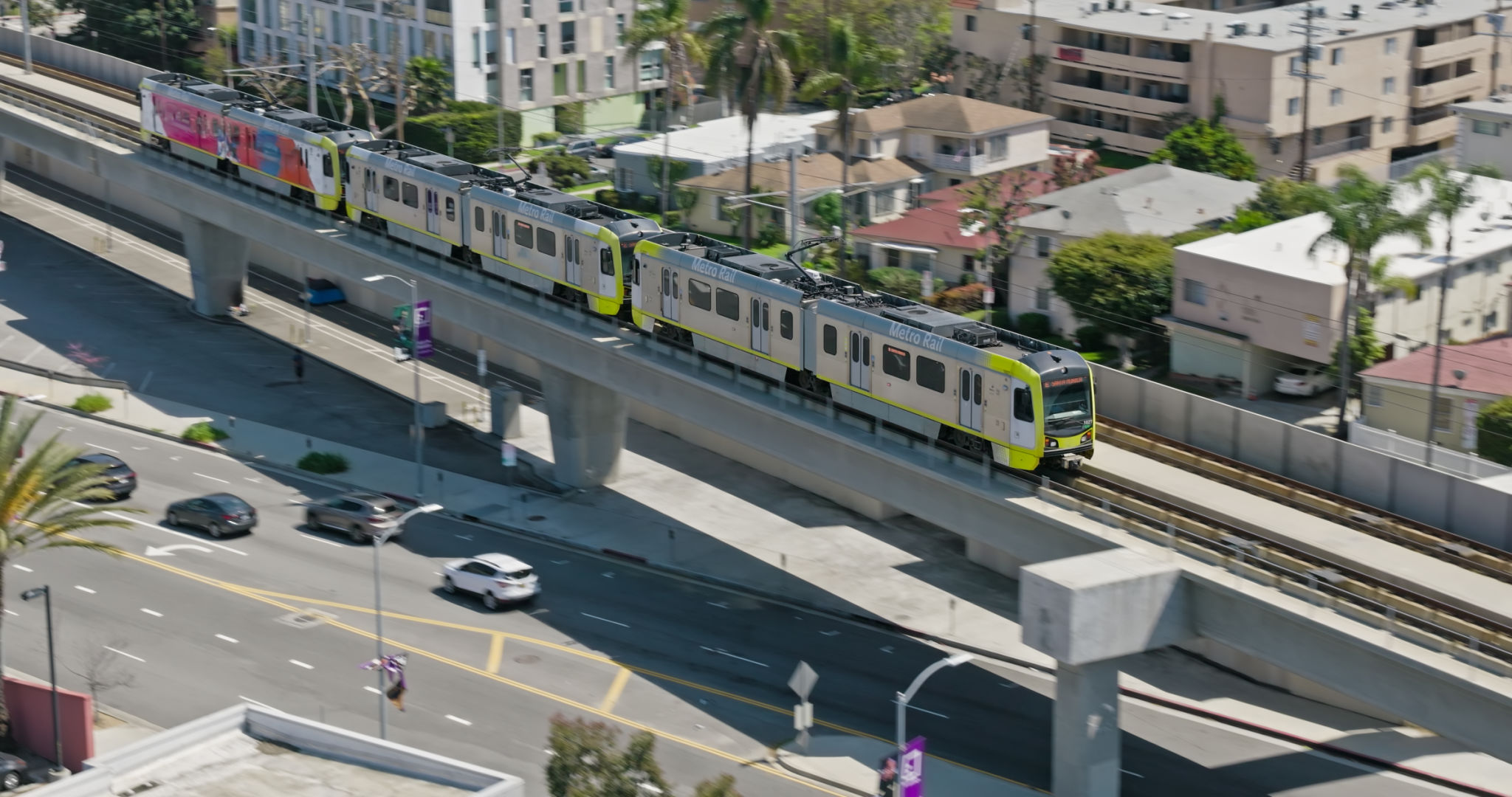The Impact of Regional Travel Trends on Transportation Services in the Western United States
Understanding Regional Travel Trends
The Western United States is known for its diverse landscapes, ranging from the coastal beauty of California to the rugged mountains of Colorado. This diversity significantly impacts travel trends in the region, as people are drawn to its natural beauty and vibrant cities. Understanding these trends is crucial for transportation services aiming to meet the demands of travelers effectively.
Recent years have seen a surge in regional travel, with more people opting for road trips and shorter vacations within their home states. This shift has been influenced by a growing interest in exploring local attractions and the flexibility that comes with traveling by car. Consequently, transportation services have had to adapt to accommodate this increased demand for regional travel.

The Rise of Eco-Friendly Travel
As environmental awareness continues to grow, many travelers in the Western United States are prioritizing eco-friendly travel options. This trend has led to a rise in the use of electric vehicles (EVs) and public transportation, as people seek to reduce their carbon footprint. Transportation services have responded by expanding EV charging infrastructure and enhancing public transit systems.
Many cities in the Western U.S., such as Portland and San Francisco, are leading the charge by implementing sustainable transportation initiatives. These efforts not only cater to environmentally conscious travelers but also contribute to reducing traffic congestion and pollution in urban areas.

Impact on Public Transportation
The increase in regional travel has also affected public transportation services. As more people choose to explore nearby destinations, there is a growing demand for reliable and efficient public transit options. Cities across the West are investing in expanding their bus and rail networks to accommodate this need.
Moreover, the integration of technology into public transportation systems has improved user experience. Features such as real-time tracking, mobile ticketing, and route planning apps make it easier for travelers to navigate public transit options, further encouraging their use.

The Role of Technology in Shaping Travel
Technology plays a pivotal role in shaping travel trends in the Western United States. With the widespread use of smartphones and travel apps, people have greater access to information about destinations, accommodations, and transportation options. This ease of access allows travelers to make informed decisions and plan their trips more efficiently.
Additionally, ride-sharing services like Uber and Lyft have become an integral part of the transportation landscape. These services offer convenient and flexible options for travelers looking to explore cities without the need for a personal vehicle.
The Future of Regional Travel
Looking ahead, it's clear that regional travel trends will continue to evolve. Transportation services must remain adaptable and innovative to meet the changing needs of travelers. This could include expanding infrastructure for alternative modes of transport, such as bike-sharing programs and autonomous vehicles.
Ultimately, by staying attuned to travel trends and embracing technological advancements, transportation services can play a significant role in shaping a more sustainable and accessible future for travel in the Western United States.
